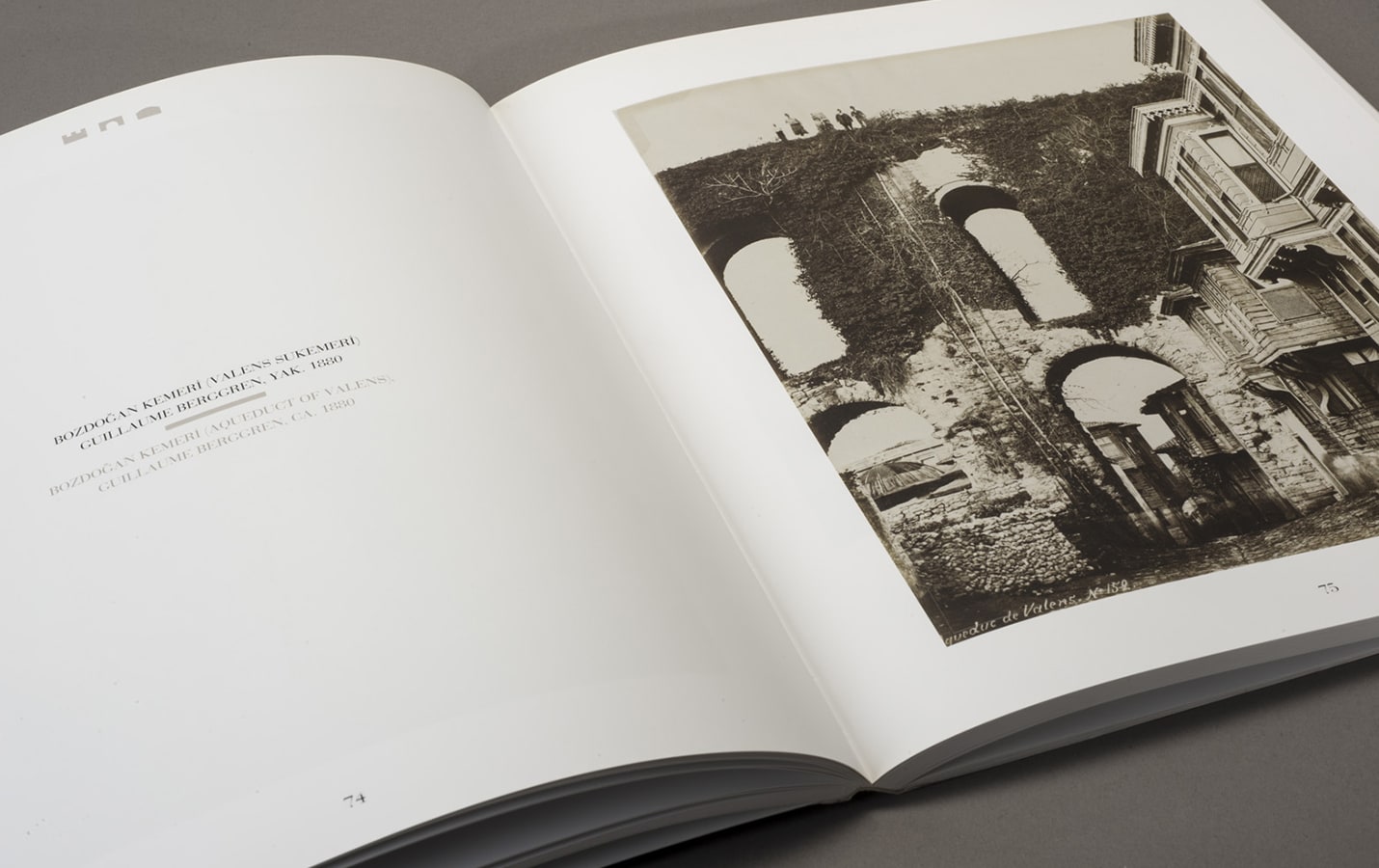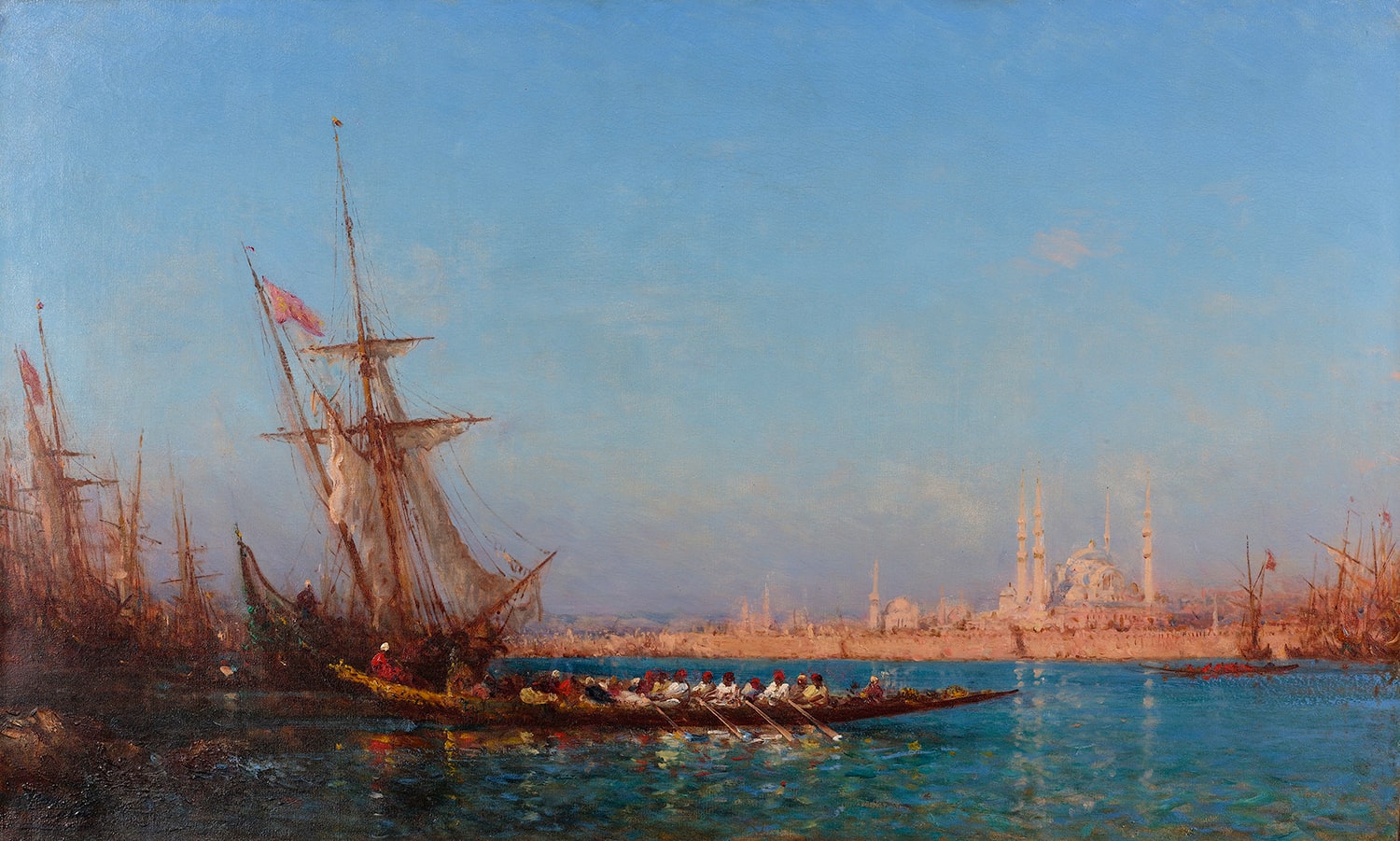April 13 - July 1, 2007
One of the most outstanding characteristics of İstanbul's Byzantine monuments, as captured by Ottoman photographers, is their role as priceless documents in the city's history. The period between the second half of the 19th century and the turn of the 20th century is marked by profound changes in İstanbul with respect to urban structure, historical texture and monuments. A careful eye readily notices the considerable transformations spread over a hundred / hundred and fifty years in İstanbul city walls, Galata Tower, Hagia Sophia and the Hippodrome area. These photographs are full of valuable clues for today's researchers, restorers, architectures and urban planners.
Nonetheless, there is something beyond the obvious in these images: İstanbul's remaining city walls, arches, and domes of a faraway past continue to survive in another form of existence in these old photographs, which reflect an age closer to us in time, yet just as rapidly vanished. The discolored surfaces permeating an indescribable sense of the old add another layer, another epoch to the historical richness of the city.
Comprised of a selection from the Suna and İnan Kıraç Foundation İstanbul Photographs Collection, Wall, Arch, Dome exhibition (much like From Konstantiniyye to İstanbul exhibition in late 2006) took us on a journey in a different time dimension. Yet, on this occasion, we find ourselves in a İstanbul more ancient, more distant than the Republican or Ottoman days; it is a Byzantine İstanbul of monuments, ruins and almost imperceptible traces from thousands of years past...
Exhibition Catalogue

One of the most outstanding characteristics of Istanbul's Byzantine monuments, as captured by Ottoman photographers, is their role as priceless documents in the city's history. The period between...

Félix Ziem is accepted as one of the well-known artists of the romantic landscape painting, and has been followed closely by art lovers and collectors of all periods since. He had a profound influence on generations of artists after him, and was the first artist whose works were acquired by the Louvre while he was still alive.

The New Year is more than just a date change on the calendar. It often marks a turning point where the weight of past experiences is felt or the uncertainty of the future is faced. This season, Pera Film highlights films that delve into themes of hope, regret, nostalgia, and new beginnings.

Pera Museum presented a talk on Nicola Lorini’s video installation For All the Time, for All the Sad Stones, bringing together the artists Nicola Lorini, Gülşah Mursaloğlu and Ambiguous Standards Institute to focus on concepts like measuring, calculation, standardisation, time and change.
Tuesday - Saturday 10:00 - 19:00
Friday 10:00 - 22:00
Sunday 12:00 - 18:00
The museum is closed on Mondays.
On Wednesdays, the students can
visit the museum free of admission.
Full ticket: 300 TL
Discounted: 150 TL
Groups: 200 TL (minimum 10 people)